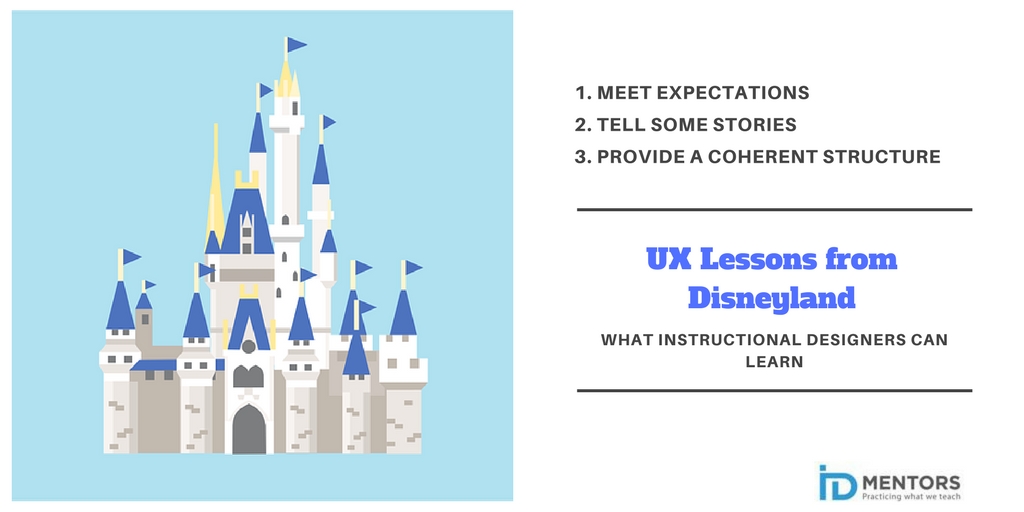
We were seated and strapped and within a split second, we started moving at breakneck speed through a dark alley, over a wall, on to a rooftop, and then came hurtling down and dashing into a tall building until we stopped abruptly under a table. Phew! We paused and found ourselves inside a restaurant looking up at chefs busy chopping and cooking. Before we could catch a breath, we moved once again under tables and chairs. Then we stopped – this time in front of an oven with a blast of hot air on our faces. Our eyes shut in reflex, and we were moving at great speed again, until we halted in front of a table laid out with food while a chef popped open a bottle of bubbly, which splashed on our faces!!
It was the most action-packed 10 minutes of my life. This ride, at Disneyland, Paris, is inspired by Ratatouille – a journey from a rat’s perspective.
My entire experience in Disneyland made me reflect upon what made it so wonderful. It got me thinking about how we can ensure learner engagement, and make learning experiences meaningful as instructional designers. Here is my anlaysis.

Meet learner expectations.
I was expecting thrill and fun, and that’s exactly what was delivered! This could be fun or serious stuff. This is easier said than done. Fun doesn’t mean adding frivolous elements. The concept of fun varies for learners. For instance, to those who are learning serious content the aha moment may be insights on the topic, or new developments, rather than a game. So, find out what your target learners expect before adding a game element because it is the flavour of the month.
Tell Some Stories.
Stories are also a great way to learn. Stories stay with people much longer than facts or statistics – the emotional quotient in stories gives meaning and context to information. In Disneyland, a story-feel is created through detailed environment design – you wander through bazaars, fairy lands, cartoon towns and outer space! Stories in learning material may be added by way of a plot, theme, dialogues or even characterization. The story could be used as a lead-in to gain attention, or could be weaved through the entire content. Again, how you use stories will depend upon the context – the target audience, the learning outcome, and the nature of the content.
Provide a Coherent Structure.
Disneyland is huge, always nearly full, and there is a lot happening. It would seem that this is great recipe for chaos, but the fact is that it is extremely well organized. The layout of the space, visual cues, and efficient handling of serpentine queues provides a coherent structure to what could otherwise be a chaotic environment. All this helps the visitors to create a clear mental model. There is no ambiguity – people know where they are, what they can do there, and where they can go next. This is one of the most crucial factors in learning design – well-organized and chunked content provides a coherent structure and allows learners to see patterns and associations that they would otherwise miss.

0 responses on "UX: Insights from Disneyland"